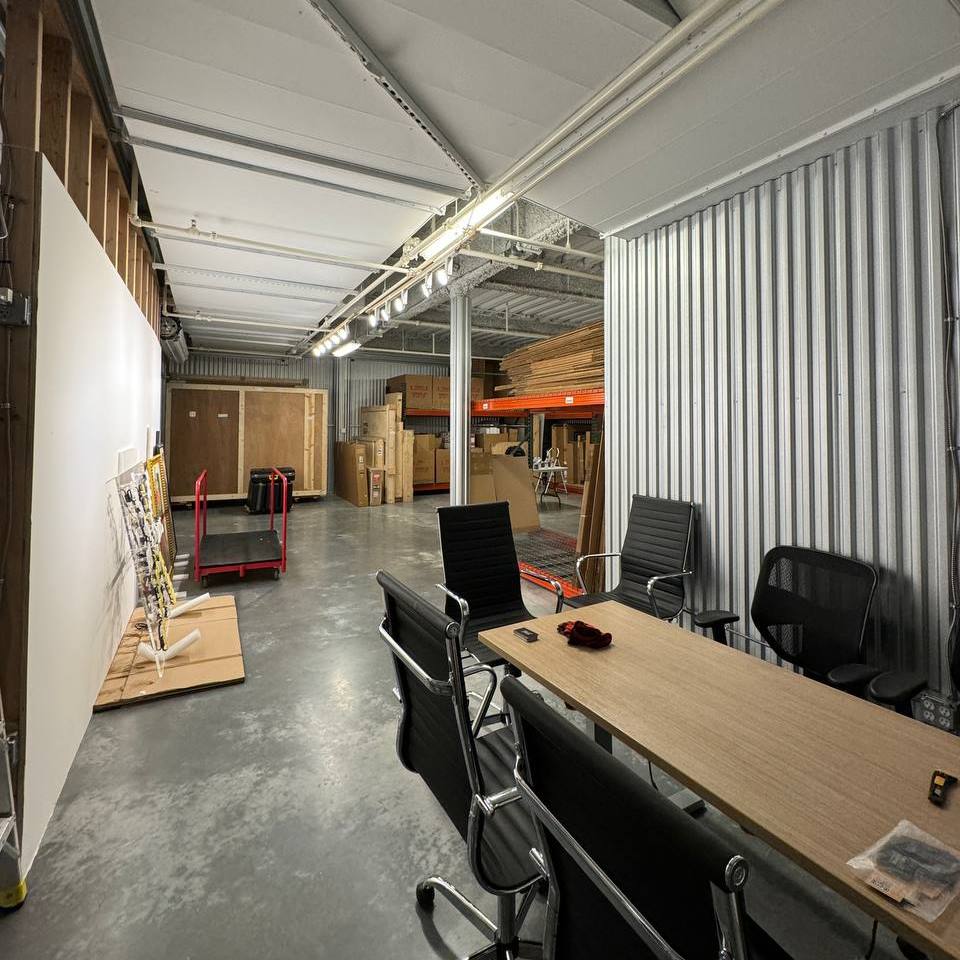Factors such as a finite amount of display space, security concerns, preparation for art fairs and exhibitions, and many others may prompt galleries and private art owners to consider bespoke storage services. Artwork preservation storage is one of the most comprehensive solutions, which combines top-notch security with extra-careful handling of art pieces. But what makes this top-tier art storage so special compared to similar traditional warehouse storage spaces?
Artwork Preservation Storage: A Checklist for Customers
Climate Control
As you probably have already guessed, art preservation storage spaces are aimed at sustaining the objects in perfect condition and may involve both short- and long-term storage options. Since temperature fluctuations and humidity are the main threats to fragile art pieces, any decent artwork preservation storage must have a superb climate control system. Ideally, it should be upgraded regularly so that the storage space complies with the changing industry standards.
Protective Packaging
Artwork preservation also implies eliminating the damaging impact of dust, which may lead to abrasion and increase the risk of damage during cleaning. Dedicated art storage facilities offering preservation services always cover artworks with the highest-quality protective materials to create a secure barrier against environmental pollutants.
Pest Control
Needless to say, pest control is also a must in artwork preservation vaults. Moths, termites, beetles, silverfish, and rodents can be highly destructive forces against certain types of artworks. They can access any poorly protected material and inflict irreversible damage. So, it is vital to keep the storage areas clean and ordered and regularly check for any new signs of pest attack.
Optimal Space Organization
Artwork preservation also goes hand-in-hand with careful organization and design. The storage facility must have specialized racks and shelving systems that prevent any accidental harm while ensuring easy access for assessment and cataloging. Clear space layout and organization (including labeling and tracking) facilitate effective preservation, as storage employees can keep track of the state of each art piece.
Security
Naturally, security is an indispensable element of artwork preservation. Alarm systems, 24/7 surveillance, and access controls should be in place to protect art objects from vandalism and theft. Since the threat may also come from extreme weather events, fire and flood control should complement the security system.
Flexible Services and Convenience Are a Winning Combination
Last but not least, artwork preservation is not only about the long-term integrity of art objects but also about clients’ comfort and peace of mind. Flexible managed storage, where you pay only for preservation services you actually use, is always the best option on the market.
